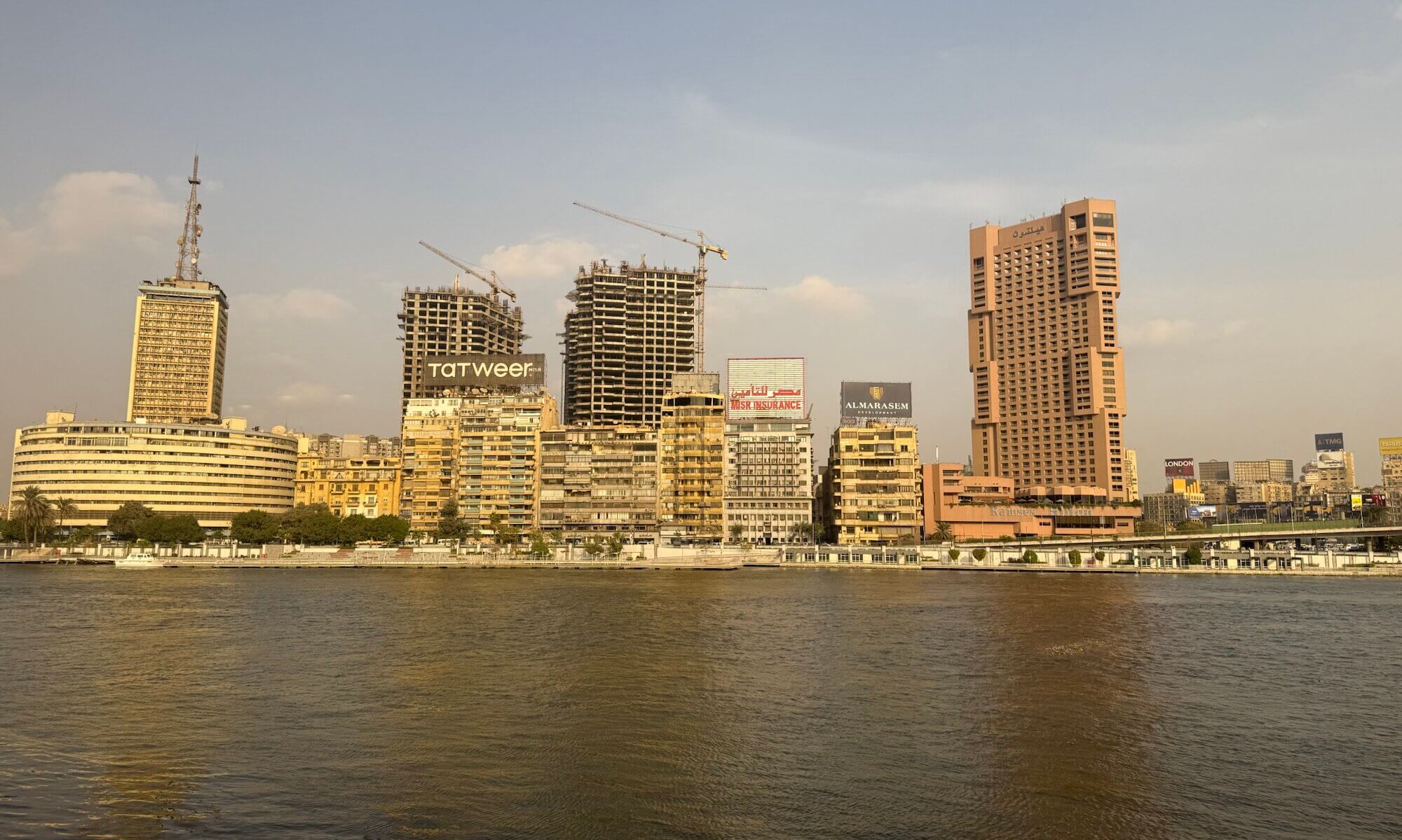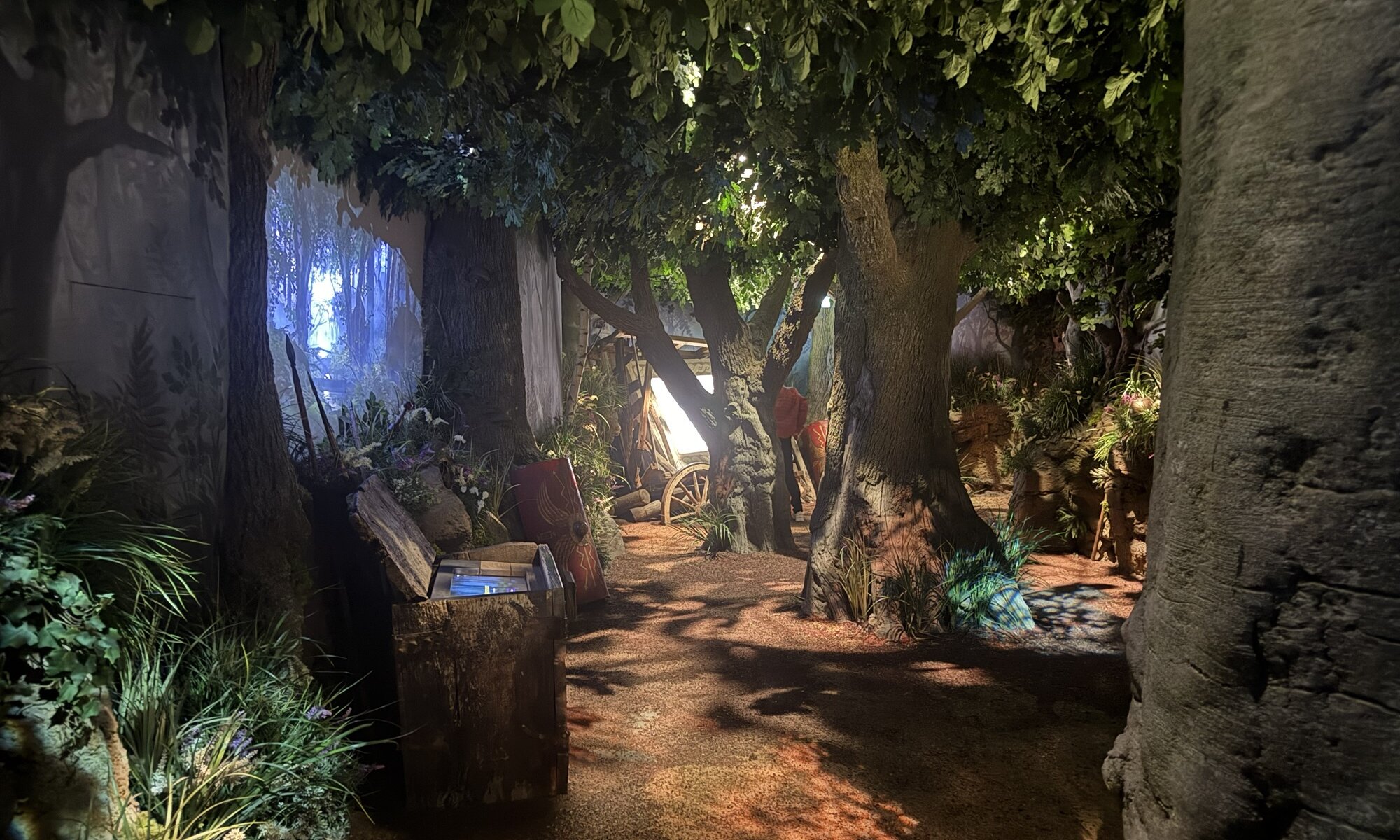The Deutschlandmuseum at Potsdamer Platz in Berlin is a relatively new addition to the city’s diverse museum landscape, yet it distinguishes itself by its unusual approach. Unlike the grand and expansive historical museums that line Unter den Linden or the halls of Museumsinsel, this is a small, multimedia-driven space that condenses centuries of German history into a compact and fast-paced format. It has been designed very much with a young, digitally oriented audience in mind, offering the story of the nation in a style that is compared to a ‘fast-food’ experience of history – quick, accessible, and instantly engaging. Visitors step into an environment where the line between exhibition and entertainment blurs, experiencing history as a walk-through spectacle rather than as a quiet study.
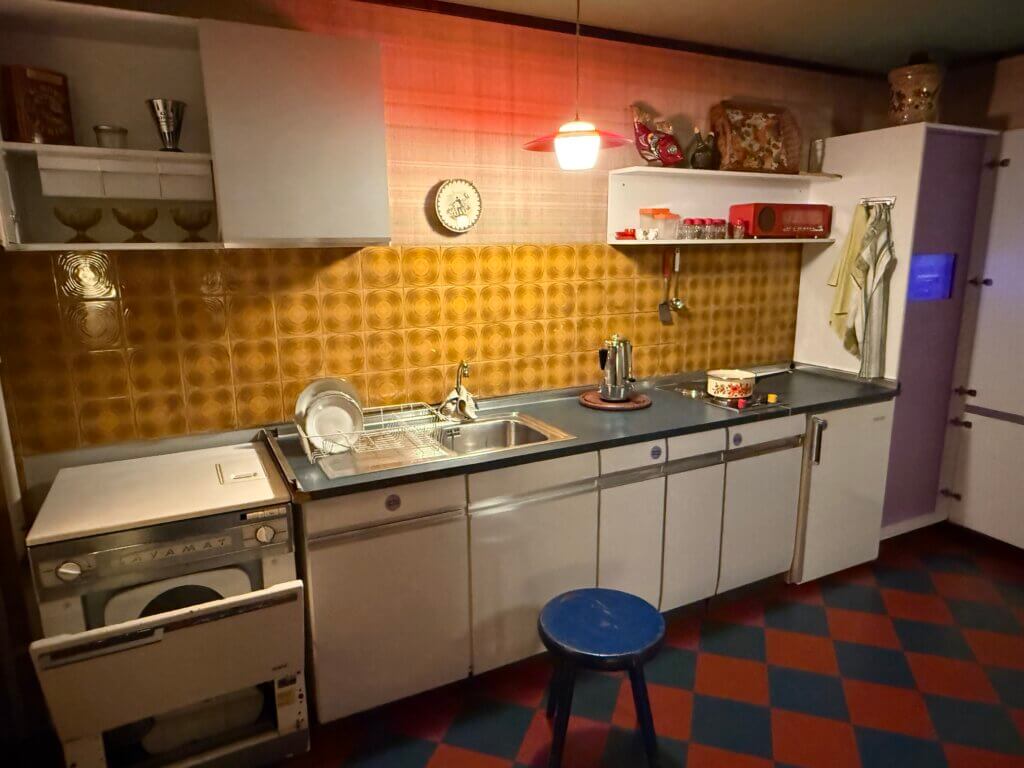
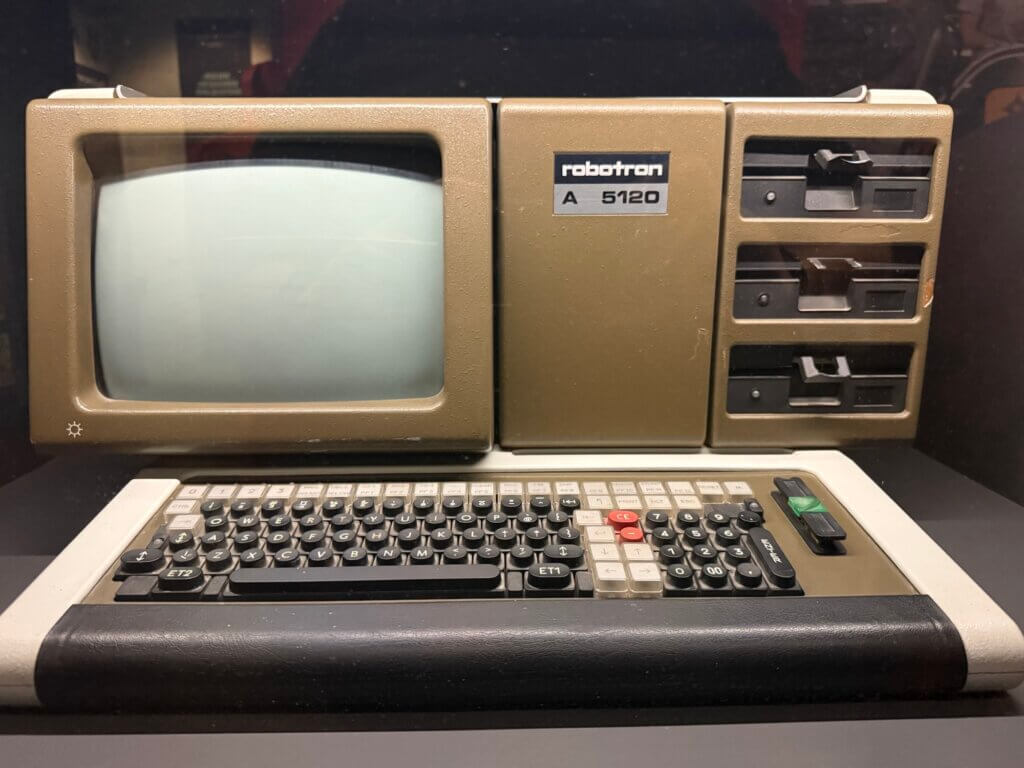
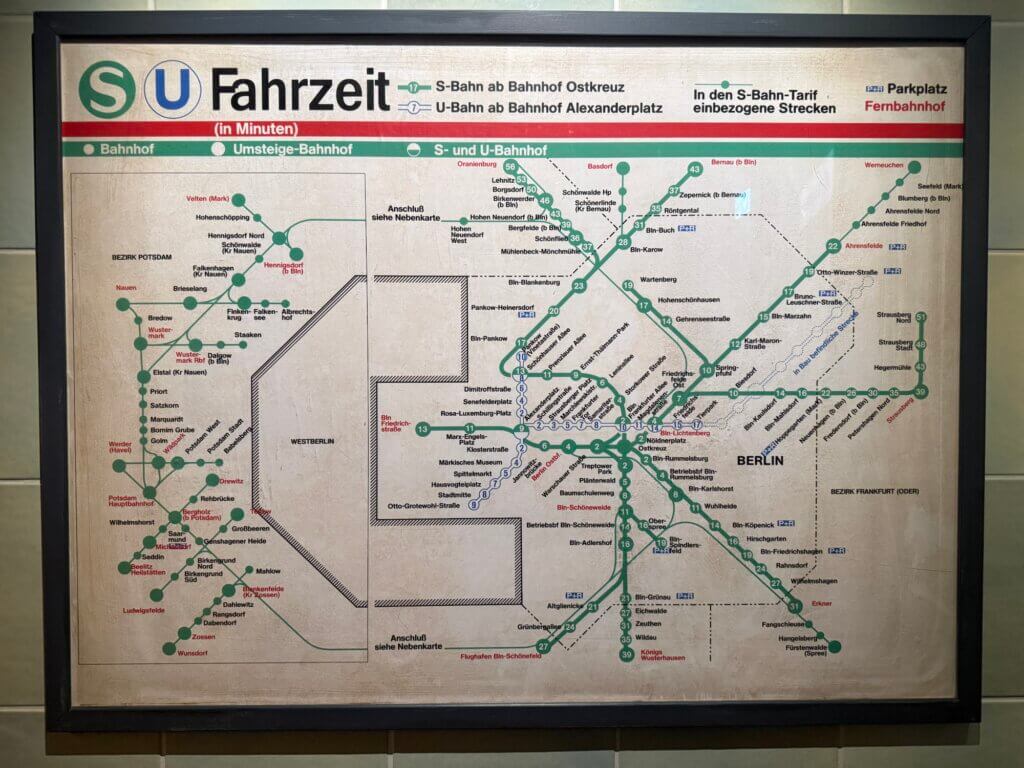
Inside, the museum unfolds in a series of immersive settings and interactive displays that guide visitors from the Roman frontier through to modern-day Germany. Each epoch is presented with high-tech scenography, rich audiovisual elements, and moments designed for social media sharing. Rather than being overwhelmed by vast collections of authentic artefacts, one encounters a carefully curated sequence of reconstructions and dramatic settings designed to give a taste of the past. Visitors can move from a medieval townscape to the devastation of the Second World War, then into the divided years of the Cold War, all within a relatively short period of time. The design celebrates the strengths of interactivity, using light, sound, and storytelling to hold dwindling attention spans in ways that might not be possible in more traditional exhibition halls.
One of the museum’s particular appeals is its suitability as a primer for those who may not have the patience or prior knowledge to navigate more conventional institutions. The concept works almost like a ‘history sampler’, where highlights of two thousand years are packaged into an easily digestible route. It allows visitors to feel as though they have journeyed through German history over the course of an hour and leaves them with a broad impression rather than detailed understanding. For travellers with limited time in Berlin, or for the younger generation who want quick yet impactful insights, the Deutschlandmuseum offers both entertainment and education. This makes it especially attractive for families, school groups, and tourists seeking a condensed introduction that complements rather than replaces the city’s heavyweight historical museums and memorials.
The experience is especially tailored to Generation Z, a demographic generally defined as those born between the mid-1990s and the early 2010s. This generation grew up in a fully digital world, with constant exposure to smartphones, tablets, and social media platforms shaping their habits of communication and consumption. They are known for valuing immediacy, visual storytelling, and personal interaction with content. The Deutschlandmuseum has adapted to these characteristics by creating an environment that delivers history in short, vivid bursts that can be experienced, photographed, and shared with ease. In many ways, it stands as a reflection of how cultural institutions are reimagining themselves in order to remain relevant in an age when the younger visitor does not necessarily seek long hours among rows of display cases, but instead desires an experience that feels both accessible and memorable.
Deutschlandmuseum
Potsdamer Platz
Berlin
Germany
Loading map...

